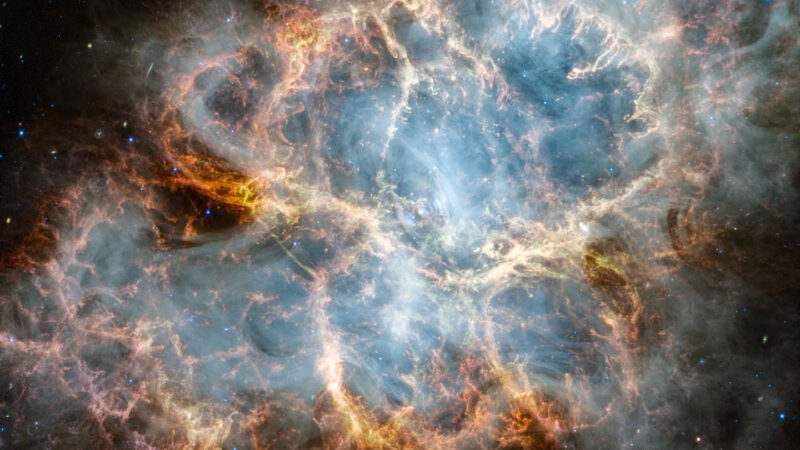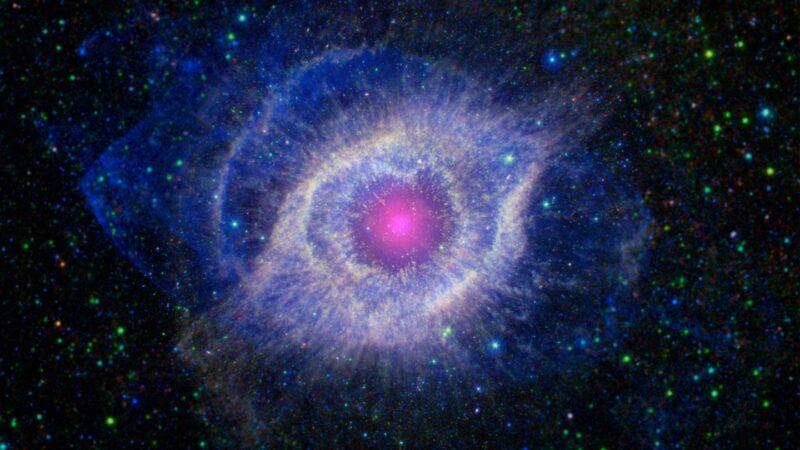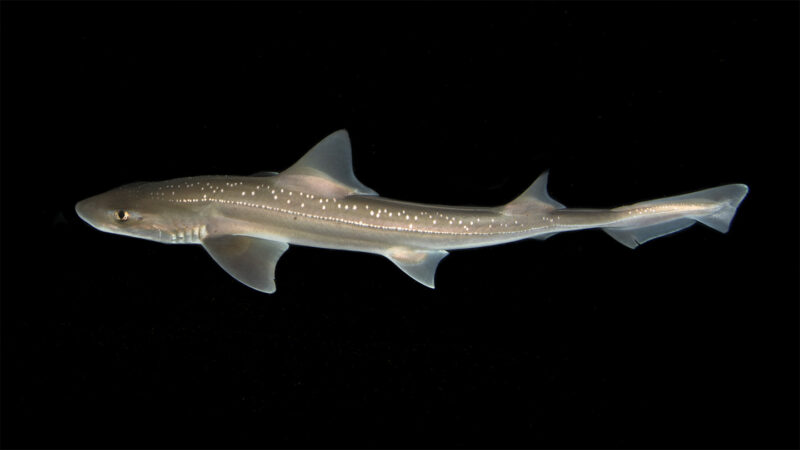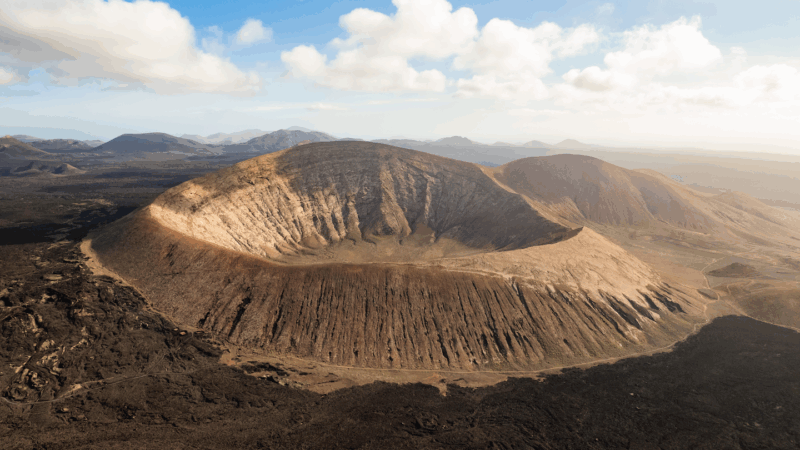Cosmic rays (noun, “KOZ-mick rayz”)
Cosmic rays are high-energy particles that zoom through the cosmos.
Most of these particles are protons. Others are proton-neutron clusters, or atomic nuclei. They race through space at nearly the speed of light and rain down onto our planet from all directions. But before they can reach the ground, they smash into atoms in our atmosphere. This causes them to shatter into other particles.
Cosmic rays come from various sources. Some come from our own sun. Others from the supernova explosions of massive stars. But the highest energy cosmic rays come to us from distant galaxies. There, they might be powered by supermassive black holes or bursts of star formation. Studying cosmic rays can help us learn about such big celestial objects and events.
High-energy cosmic rays can disrupt DNA and electronics alike. Thankfully, we rarely have to worry. That’s because our planet’s atmosphere and magnetic field protect us from most damage. Because cosmic ray particles carry electric charges, this magnetic field can deflect them.
But cosmic rays can cause problems for spacecraft, which must use special shielding to protect sensitive circuits. Humans aboard spacecraft must also be protected. Protection against cosmic rays is one of the biggest obstacles to overcome as we work toward long-term space missions with humans aboard.
In a sentence
When cosmic rays hit the atmosphere, they create showers of muons that can help scientists peer through structures such as pyramids and volcanoes.

















